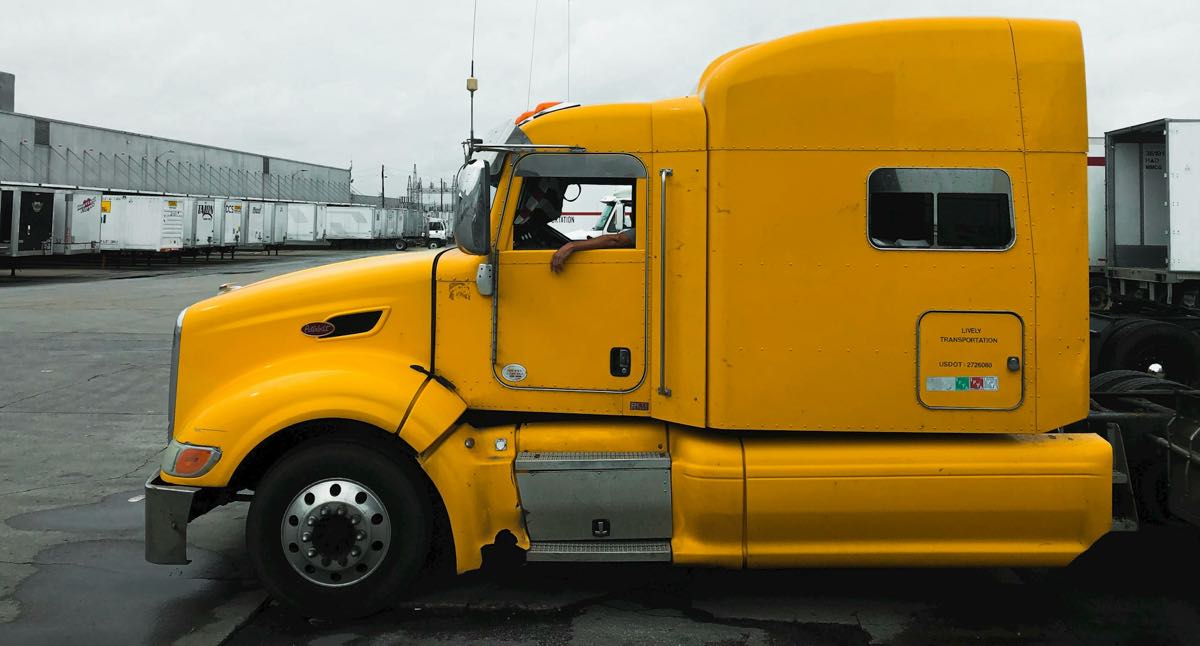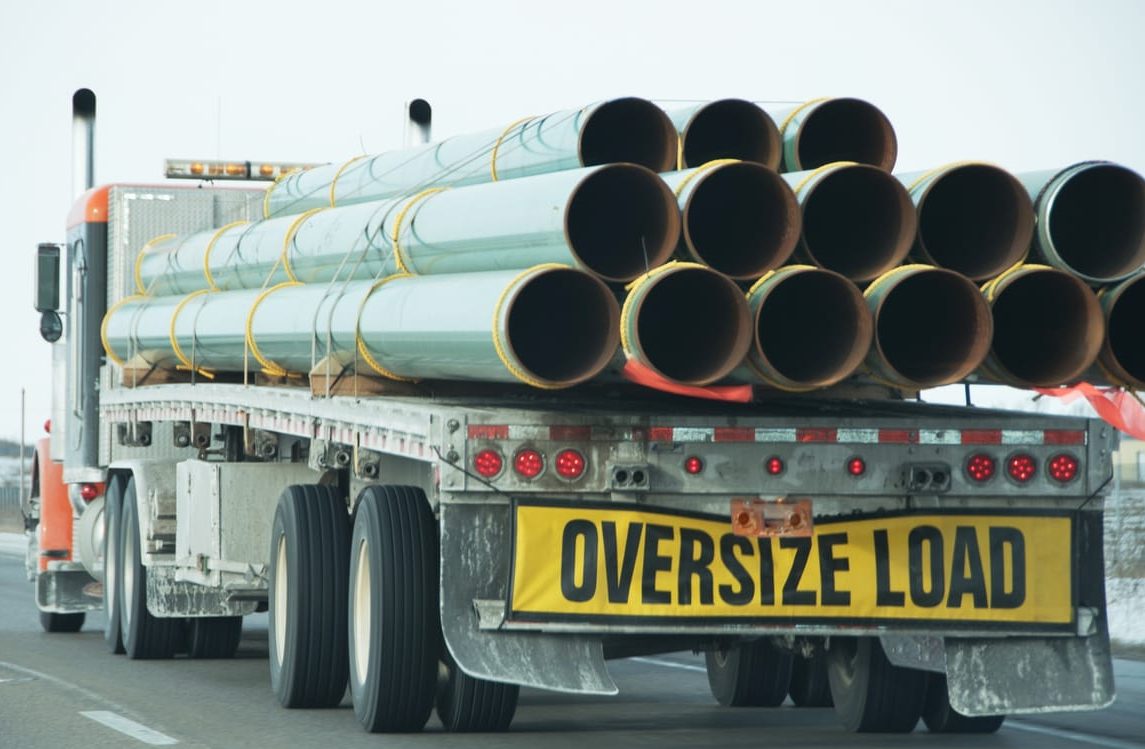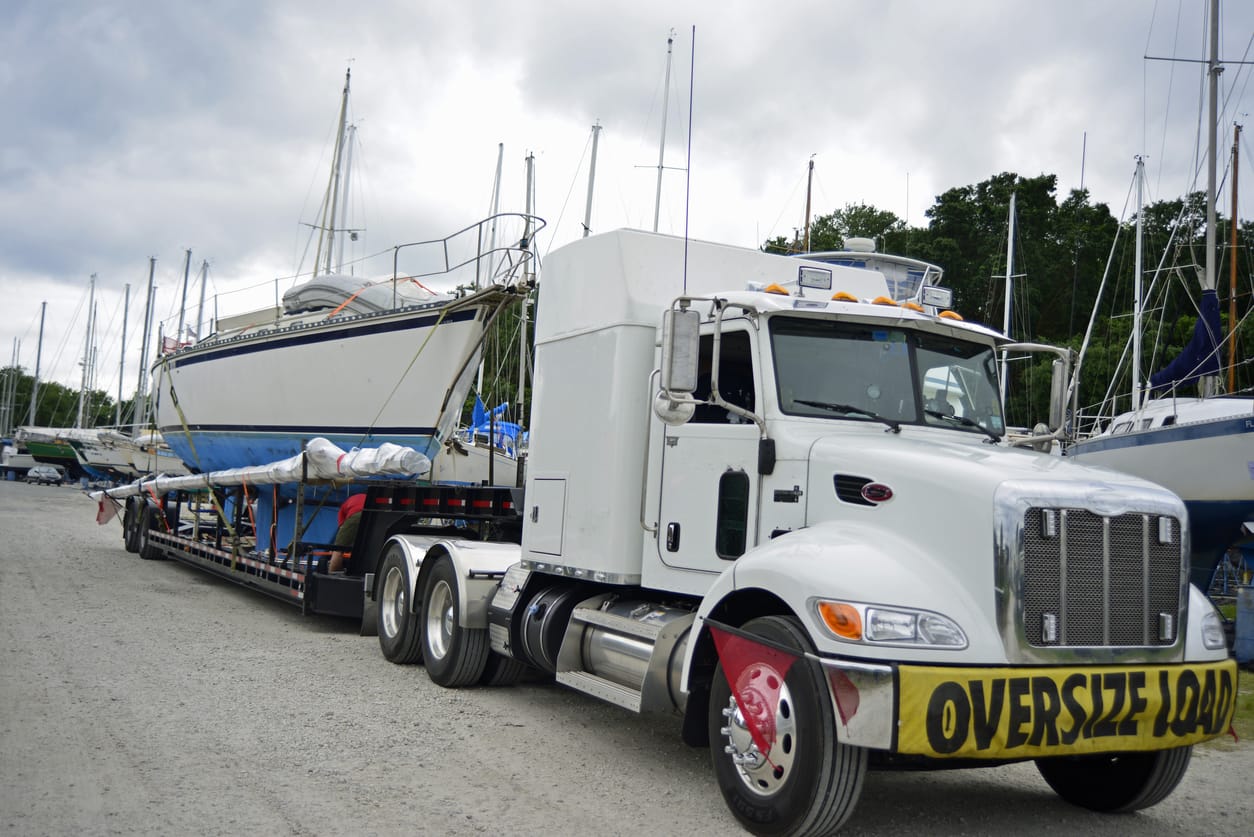A comprehensive understanding of the numerous laws, licenses, and paperwork required to guarantee that your trip conforms with all legal requirements is essential while navigating the intricate waters of boat transportation. This in-depth overview illuminates the technicalities of domestic boat transport within the United States, striving at keeping your boat shipping both lawful and fluid. With the correct knowledge at your disposal, you can steer clear of frequent traps and guarantee that your vessel arrives at its destination without incurring needless delays or legal complications.
For anybody wishing to move a vessel from one place to another, it is essential to comprehend the prerequisites for boat transportation. Not only is it important to consider the practical aspects, but also to navigate an intricate set of laws that differ greatly from one state to the next. This introduction to boat transport will act as a lighthouse for you, guiding you through the necessary actions and factors to take into account. We’ll cover the significance of obtaining the necessary licenses, following rules, and getting your boat ready for shipment, laying the groundwork for the in-depth talks that come next. Ensuring the safe and effective transportation of your boat may be a straightforward process if you have the necessary planning and understanding.

Boat transportation involves a thorough awareness of the regulatory environment that governs such operations, in addition to securing your vessel for travel. This entails having a solid understanding of the numerous rules, licenses, and paperwork required to transport your boat across state lines or inside the borders of one state. Maintaining adherence to these laws is essential for preventing legal issues and promoting a seamless shipping procedure.
Regulatory Overview:
Boat transportation is a complicated procedure that calls for close adherence to several laws. Depending on the destination, boat size, and route traveled, these regulations may change substantially. Anyone who wants to ship a boat must be aware of the exact legal requirements and have the required licenses and documents. This guarantees the safety of the boat, its handlers, and the general public in addition to the legality of the transfer procedure.
Required Permits and Documentation:
- Ownership Proof: The first stage in the paperwork procedure is proving you own the boat in question. Presenting a bill of sale, title, or registration document that distinctly names the vessel’s owner is often required for this. For administrative and legal purposes, proof of ownership is essential to ensure that the boat may be moved legally.
- State Registration: Boats have to be registered in the state in which they are utilized most of the time. This registration is frequently necessary for vessel travel in specific waterways and acts as a means of identification for the craft. States have different requirements for the registration procedure, but in general, some forms must be submitted along with a fee.
- Transport Permits: Your boat’s size and type may require additional permissions for transportation; this is especially the case if the route crosses state boundaries or passes through locations where weight or size limits apply. State transportation offices frequently issue these licenses, which may call for comprehensive details regarding the boat and its transfer vehicle.
- Insurance Coverage: It is not negotiable to make sure that the vessel is adequately insured for transportation. This coverage guards against possible harm sustained while in transit. It is crucial to confirm that transportation hazards are covered by your insurance policy and, if not, to acquire supplementary coverage.
It might be intimidating to navigate the intricate web of rules and regulations governing boat transit. However, you can make sure that your boat arrives at its destination legally, securely, and without needless delays by paying close attention to detail and organizing your trip carefully. Comprehending and adhering to these restrictions is crucial for a smooth voyage, regardless of the reason for the relocation—a race, a new residence, or seasonal boat usage.

There are a number of important factors to take into account while preparing to ship your boat across international boarders in order to guarantee a smooth and legal transition. This procedure calls for careful planning and conformity to numerous rules and specifications; it goes beyond just moving your vessel physically. A successful transfer requires that these conditions be understood and navigated. The main areas of concern for cross-border boat transport are discussed below, each with its own special requirements and set of challenges.
Customs and International Regulations:
Cross-border boat shipping requires careful attention to international legislation and navigating customs. Gathering specific information about your boat, such as its worth, make, model, and year, is essential before you leave on your voyage since customs duty calculations need this information. It is necessary to thoroughly examine any import laws or boat limitations that may apply in the destination country in order to prevent unforeseen obstacles. Ensuring compliance with these standards guarantees a seamless and legal-free boat entrance into another nation.
Handling Hazardous Materials in Boat Transportation
The possible dangers associated with transporting boats containing hazardous chemicals necessitate cautious thought. This section explores the fundamentals of moving boats that are outfitted with materials that might be dangerous if improperly handled. It encompasses the steps that must be taken, the packaging specifications, and the obtaining of permissions in order to guarantee adherence to national and international safety rules.

Hazardous material-carrying boats—such as those carrying certain fuels or batteries—present a unique set of difficulties that need for skilled management. Strict regulations govern the shipping of these commodities in order to avoid mishaps. Transporters must adhere to strict regulations when it comes to packing and safeguarding these products, which emphasizes how crucial it is to work with experts who understand the nuances of transporting hazardous commodities.
Special Packaging and Handling Ensures Safety:
The adoption of specific packaging solutions intended to reduce hazards is required for the safe transportation of hazardous goods aboard boats. For packaging and containers to properly contain any possible spills or leaks, certain criteria must be met. By ensuring that dangerous materials are safely contained, this degree of care reduces the possibility of contamination or damage occurring while in transportation.
Extra Permits Are Often Necessary:
Obtaining extra licenses in addition to the normal documents required for boat transportation is often necessary when transporting hazardous commodities. Legal compliance and ensuring all safety procedures are followed depend on these permissions. Transporters need to be well-prepared and aware of the legal requirements involved in delivering hazardous chemicals since they have to traverse a complicated web of rules to obtain the required permissions.
Securing the Necessary Documentation
Getting the proper paperwork in place before you want to move your boat is essential to making sure the procedure conforms with the law. The documents required for a particular location, boat size, and mode of transportation vary. In addition to offering you legal protection, the right paperwork streamlines and expedites the transportation procedure. Here’s a closer look at what it means to obtain the required paperwork:
The Process of Obtaining Permits:
Usually, the process of obtaining the necessary permits and paperwork begins online or with your local government offices. To make sure that your boat transfer complies with local, state, and federal laws, these licenses are necessary. Hiring a seasoned boat transport business or customs broker may be quite beneficial in more complicated situations, such as international shipment or when your yacht includes dangerous chemicals. These specialists can help you get all the paperwork you need before your boat is put on the road since they have the experience and understanding to handle the sometimes difficult permit acquisition procedure.
- Online Applications: Online applications for transport permits are convenient and available in many states and nations. By using a digital method, you may acquire your permits electronically and submit the required paperwork, greatly streamlining the procedure. To prevent any delays, you must begin this step well in advance of the transfer you have scheduled.
- Local Government Offices: You might have to physically visit local government offices to obtain certain licenses. This phase is frequently required for particular kinds of shipping permits or when thorough inspections of your vessel are needed. In-person meetings can also offer a chance to clarify any doubts you may have about the paperwork required for the transportation of your boat.
- Professional Services: Using expert services, such customs brokers or boat transport companies, may greatly reduce the difficulty of acquiring the necessary licenses and paperwork. These professionals are knowledgeable with the nuances of boat transportation rules and legislation. They may provide priceless support, particularly in complicated situations involving international shipping or dangerous goods, making sure that your boat’s voyage conforms with all legal regulations.
Getting the required paperwork is a crucial first step in the boat transfer procedure. You may make sure that the voyage of your boat is as hassle-free and law-abiding as feasible by correctly comprehending and managing the permit acquisition process. The intention is for you to have all of your documents in place well in advance of your intended departure, as well as giving you peace of mind and ensuring a smooth transit, whether that is accomplished through online applications, trips to local government offices, or support from professional services.

Making educated choices when it comes to boat transportation is essential to a successful and seamless journey. Every step of the process, from choosing the best service provider to comprehending the nuances of freight charges and insurance choices, calls for meticulous planning and preparation. This section will examine the crucial factors you need to take into account in order to successfully complete the procedure, emphasizing the need of planning ahead, doing your homework, and choosing a reputable boat shipping company (both on the broker and carrier side).
Choosing the Right Service Provider:
Selecting the appropriate service provider is essential to a successful boat transportation process. Weighing freight prices, doing extensive research on possible brokers and carriers, and carefully preparing the boat for shipping are all necessary. Choosing the right insurance to protect against unanticipated events is equally crucial. You create a strong basis for your vessel’s safe and effective transportation by giving these procedures top priority. Choosing a reliable shipping company with boat transportation experience can help to reduce hazards and provide you peace of mind all along the way.
- Freight Costs: It is essential to know how much freight will cost when shipping a boat. These expenses might differ greatly depending on a number of variables, including your boat’s size, the distance to be transported, and the particular services needed. Getting thorough quotations from several service providers will enable you to choose wisely without sacrificing the caliber of the service.
- Shipping Company Research (Broker): It is important to conduct extensive research on prospective boat transportation businesses. Seek out businesses who have a track record of success in boat transportation, gratifying client testimonials, and the required insurance and licensing. You may use this analysis to choose a dependable shipping company – broker and carrier – that will take the best care of your boat and be able to suit your particular requirements.
- Preparation: In addition to ensuring your boat’s safety, properly preparing it for shipping can help lower the likelihood of delays and extra expenses. This involves securing up any loose objects, emptying the water and fuel tanks, and making sure your boat is clean and prepared for inspection. A fully prepared boat reduces the possibility of damage occurring while in transportation.
- Insurance Selection: Selecting the appropriate insurance policy is essential to safeguarding your financial investment. Although basic liability insurance is usually provided by carriers, it could not cover all possible damages. To make sure your boat is completely secured from pickup to delivery, weigh your alternatives and think about acquiring additional coverage.
- Finding Reliable Carriers: Choosing a trustworthy boat shipping carrier is the last stage in making well-informed judgments, and the shipping business will assist you with this one once you’ve done your homework and chosen the finest boat shipping company. Transparency in their business practices, excellent communication, and a dedication to timely and safe boat delivery are characteristics of a trustworthy carrier. Talk to possible carriers, make inquiries, and make sure they are aware of and able to fulfill your unique transportation requirements.
You may confidently handle the challenges of boat transportation by keeping an eye on five important factors, guaranteeing a smooth and stress-free experience.

Handling the complex process of boat transportation involves more than a passing familiarity with the details; it necessitates a thorough comprehension and careful preparation. Your boat’s trip from point A to point B may be made safe and secure in addition to complying with all legal requirements if you strictly follow the procedures and make sure all required paperwork and rules are followed. This dedication to planning and attention to detail greatly reduces the hazards involved in moving such priceless items and encourages trust in the whole procedure.
It also cannot be emphasized how crucial it is to keep updated about any changes to transportation legislation. Policy and regulatory changes often affect the marine and transport industries; staying ahead of these developments can be the difference between a smooth transit experience and encountering unforeseen obstacles. Hiring skilled transport companies that specialize in boat transportation may provide you a great deal of peace of mind since these professionals know how to handle all the legalities, licenses, and logistical details involved in moving boats over different distances. Keep in mind that the objective is to deliver your boat in the same state that it was in when it was delivered, so you can embark on more exciting boating experiences.
See ‘How to Transport a Boat’, one of our earlier blog posts, for further details on boat transportation.

Selecting Ship A Car, Inc. (SAC) for your boat transportation requirements is a decision made for quality and dependability in the logistics sector. SAC stands out as the leading option for boat transportation in the US because of its dedication to offering smooth and effective transportation solutions that are customized to meet the unique needs of each customer. Whether you’re shipping a simple fishing boat or a luxury yacht, our staff of committed consultants can manage what you need precisely. They make sure that every step of the shipping procedure is simple and transparent by providing individualized service, which includes a free estimate that comes with no strings attached. Your boat is in good hands with our vast network of seasoned carriers; it will reach at its destination safely and on schedule. We at SAC take great satisfaction in our meticulous attention to detail and our capacity to give boat owners with peace of mind, which makes us the nation’s top choice for stress-free boat transport services.
Q: What specific documentation is required for boat transport within the U.S.?
A: The possession of ownership certificates, state registration, transport permits, and insurance documents are all required for the transportation of boats within the United States.
Q: How can I safely transport a boat with hazardous materials?
A: It is necessary to use specialized packing and handling techniques for boats that contain hazardous materials. The acquisition of extra permissions and potentially seeking the advice of a professional service are also procedures that should be taken.
Q: What makes Ship A Car, Inc. the best choice for boat transportation?
A: Because of its committed transport experts, its capacity to handle virtually any type of boat, and its dedication to both safety and efficiency, SAC is an excellent option for the transfer of boats.




